PULCCA story by WFP
Constructing a Food-Secure Future: Engineering Solutions for Conflict-Affected Communities in Cameroon
By Landrine Ngwa, Thelma Adiang and Mayramou Madaki
In Cameroon, where conflict, displacement, and environmental challenges have deepened the food crisis, engineering is playing a critical role in rebuilding lives. Through the Emergency Project to Combat Food Crisis in Cameroon (PULCCA), the World Food Programme (WFP), funded by the Government of Cameroon through the World Bank, is constructing essential infrastructure to support vulnerable communities in the Northwest, Southwest, East, Adamawa, and Far North regions.
These engineering solutions which include warehouses for smallholder farmers, bridges, fishponds, culverts, poultry farms and school canteens are transforming communities by improving access to food, markets, and livelihoods, thereby laying the groundwork for long-term resilience.
In the Northwest region, heavy rains often wash away dirt roads, cutting off entire villages from food markets, schools, and health centres. Farmers struggle to transport their produce, leading to food shortages and losses, and income loss. To address this, WFP engineers, in collaboration with local partners, have constructed seven culverts in the Mezam and Donga-Mantung Divisions, ensuring year-round road access for over 5,000 people.
Azeh Johnson, a local farmer, shares his experience: “Before, our farms were isolated during the rainy season. We couldn’t transport our crops because the road was flooded. Now, we can use motorbikes to reach our farms, transport produce easily and sell at the market to earn a living.â€
Victoria Mwirichia, Head of the WFP Field Office in the Southwest Region, highlights the significance of these engineering solutions: “Infrastructure is a game-changer in food security. By constructing culverts, we are not just connecting roads; we are connecting people to markets, education, and other economic opportunities. These structures are lifelines for communities that would otherwise be cut off during the rainy season.â€
This small yet vital infrastructure is enhancing food availability, economic stability, and community resilience. Farmers can now access markets with ease, while children can safely reach schools, ensuring that no one is left behind.
In the Southwest region, where food shortages are exacerbated by displacement, WFP has built warehouses to streamline food storage and distribution. These facilities serve communities in Meme Division and Manyu Division, preventing food loss due to poor storage conditions.
Joseph, a cooperative member in Fonjumetaw, Lebialem Division, recalls the impact: “We used to lose a huge part of our harvests due to the lack of storage. Now, we can safely store 162 MT of food, reducing waste and ensure availabilityâ€.
These warehouses were built by 269 community members; 157 women and 112 men, who participated in labour-intensive construction efforts and received cash transfers in return. With their earnings, they formed Village Saving and Loans Associations, enabling members to save part of their incomes and access credit to invest in income generating activities including agriculture production. By investing in community-driven solutions, WFP is not only reducing food insecurity but also creating financial independence among beneficiaries
Victoria Mwirichia emphasizes the role of engineering in food security: “Every warehouse we build is an investment in resilience. Proper storage facilities prevent food loss, strengthen supply chains, and ensure that communities have consistent access to food, even in times of crisis.â€
Nourishing minds with school canteens
In food-insecure regions such as the Northwest, Southwest, Adamawa and East regions, school canteens are boosting attendance and nutrition for children. WFP has built a fully operational school canteen in Adamawa benefiting nearly 400 pupils, with another under construction in the East region. Thirteen additional canteens will be constructed to support vulnerable children’s access to nutritious meals while attending school.
Fatima Amadou, a 12-year-old student, shares: “I used to miss school because I had to work to find food. Now, I come every day because I know there will be a meal waiting for me. I can focus on my studies.â€
Designed for efficiency, these canteens integrate solar-powered water systems and sustainable food storage, ensuring long-term impact. By the end of 2025, WFP and the World Bank, in collaboration with the government and partners, aim to provide meals to 1 million school children through an expanded network of self-sufficient canteens.
Engineering for a sustainable tomorrow
Beyond physical structures, these engineering solutions foster resilience, economic stability, and improved livelihoods in conflict-affected communities. With each road rehabilitation warehouse, and canteen, WFP is creating pathways to food security, economic empowerment, and hope.
“Engineering is not just about building structures; it’s about building futures. Through innovative and community-driven solutions, we are laying the foundation for sustainable food security and resilience. Victoria Mwirichia affirms.â€
As WFP continues to invest in smart, sustainable infrastructure, the goal remains clear: ensuring every community has the tools to build a food-secure future. Every bridge built, every warehouse stocked, and every meal served is a step towards lasting change.
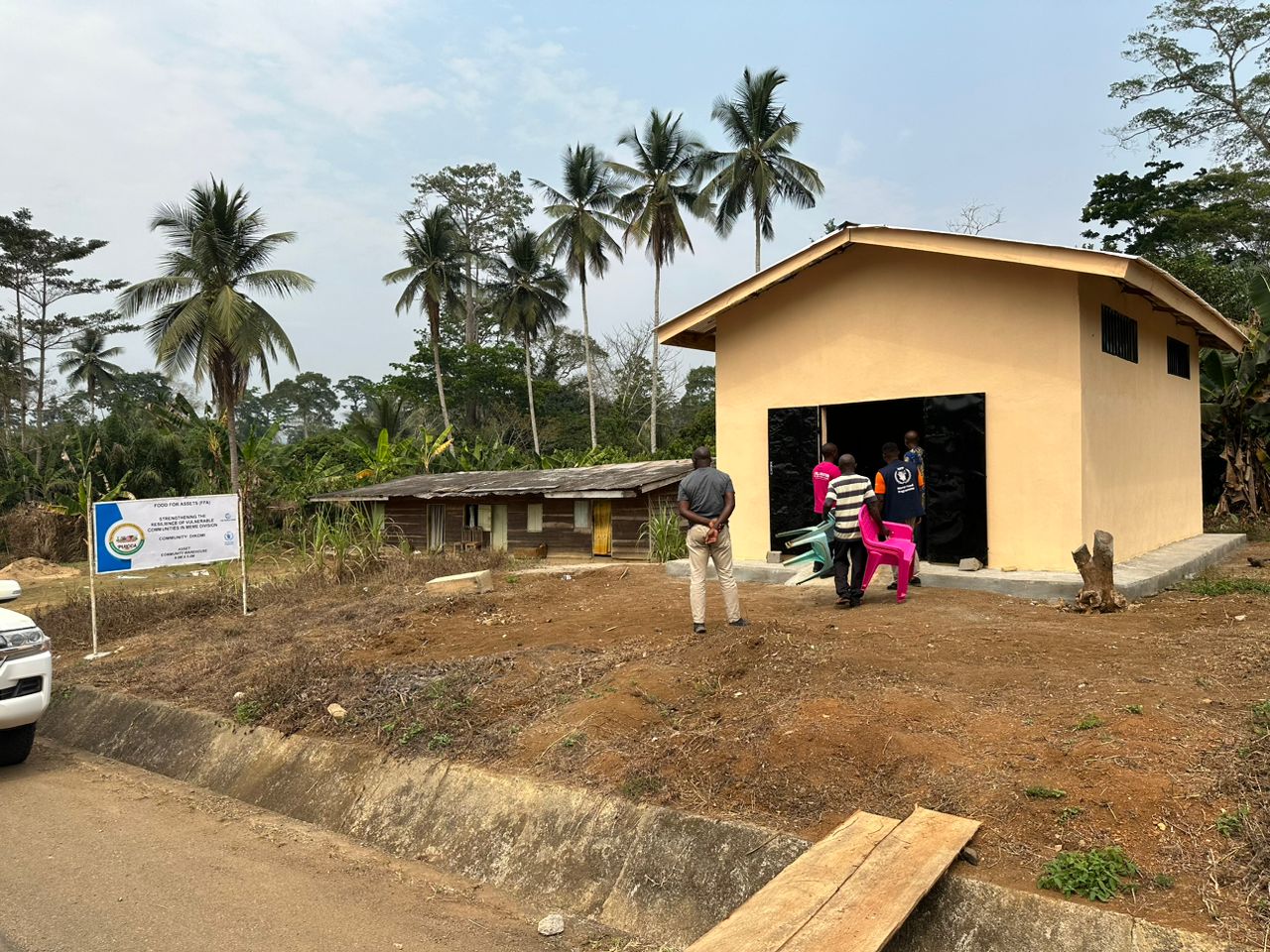

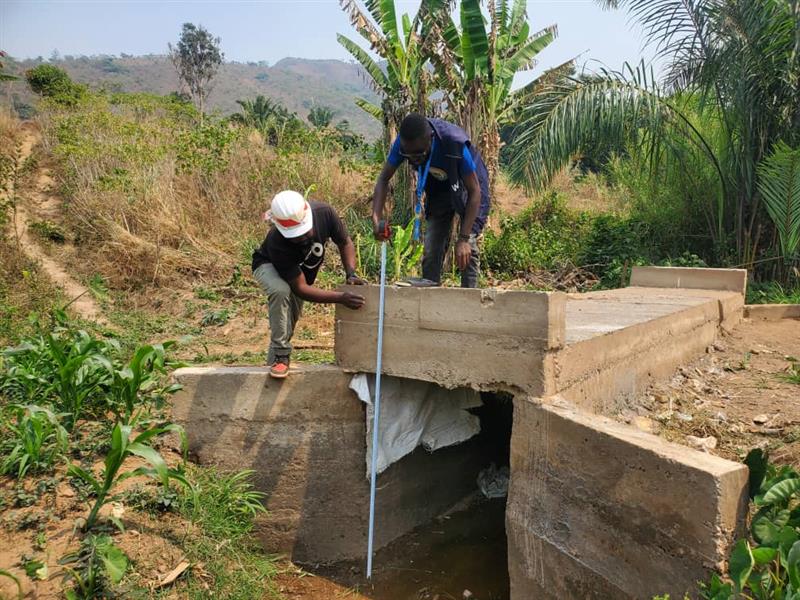
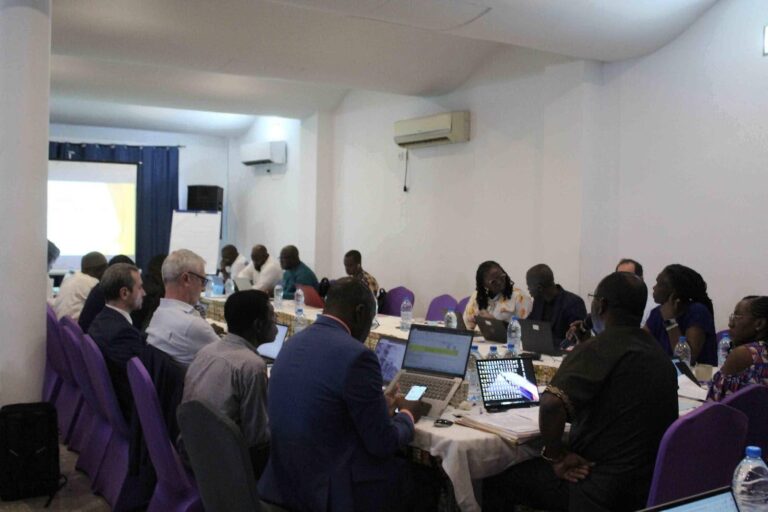
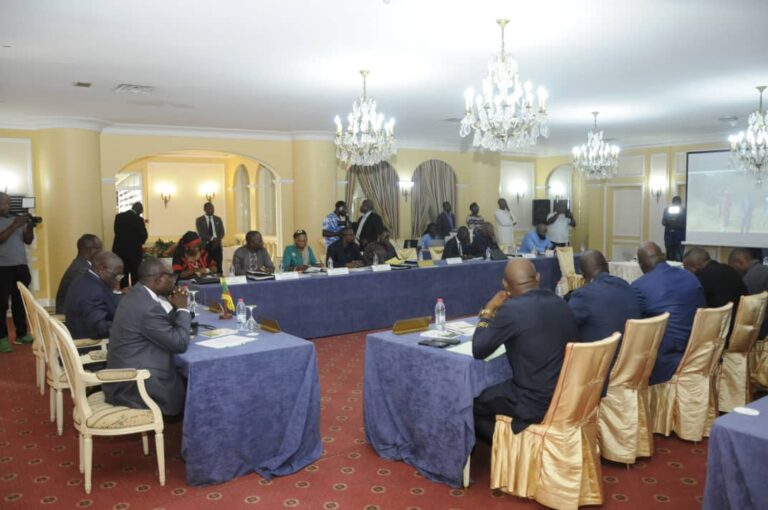
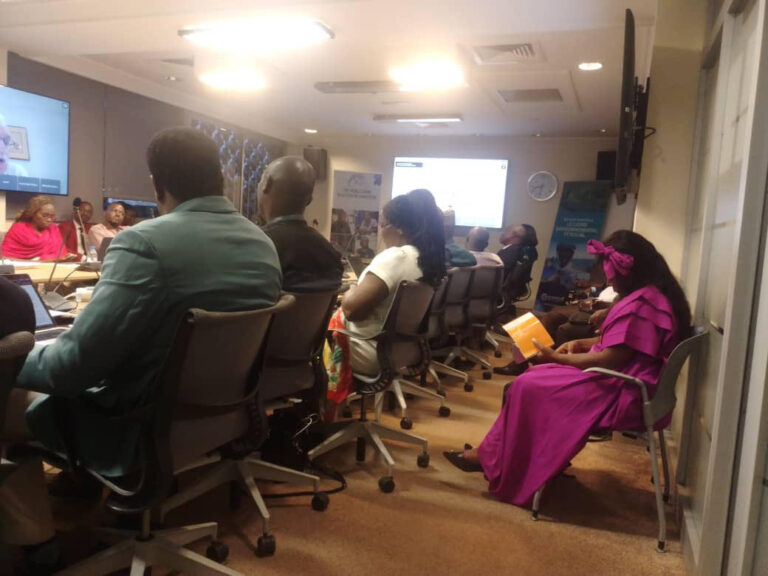
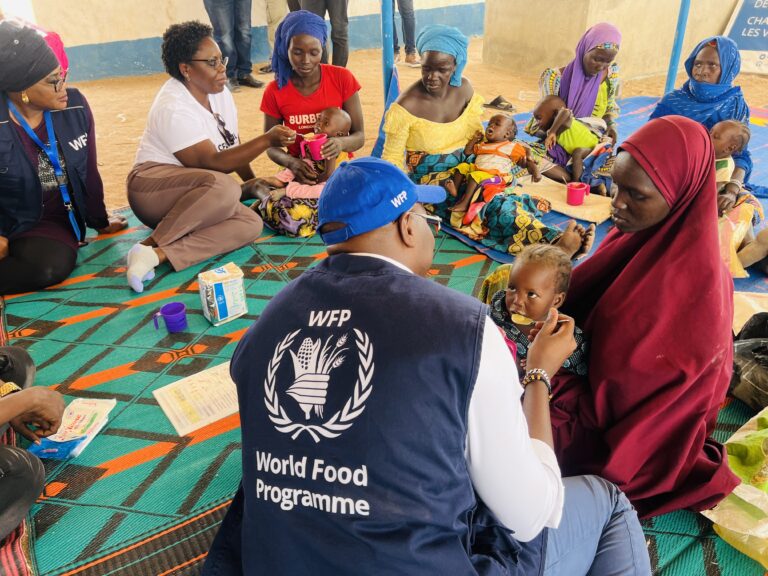
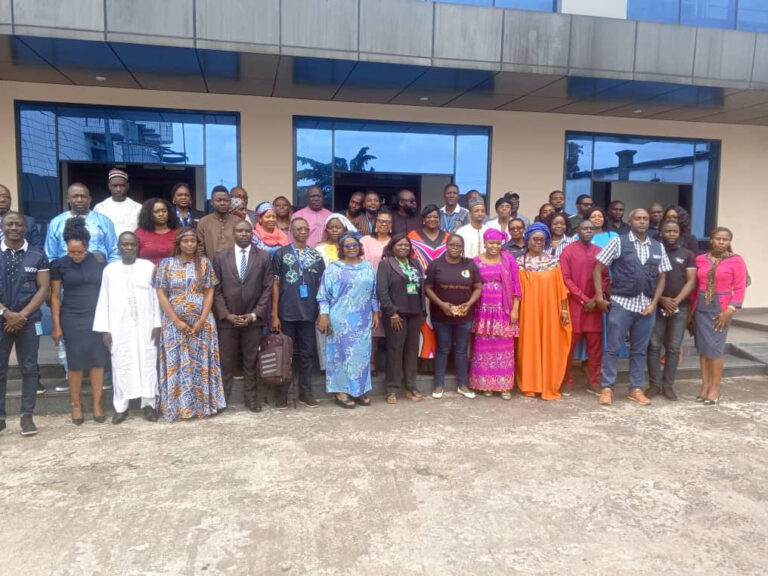
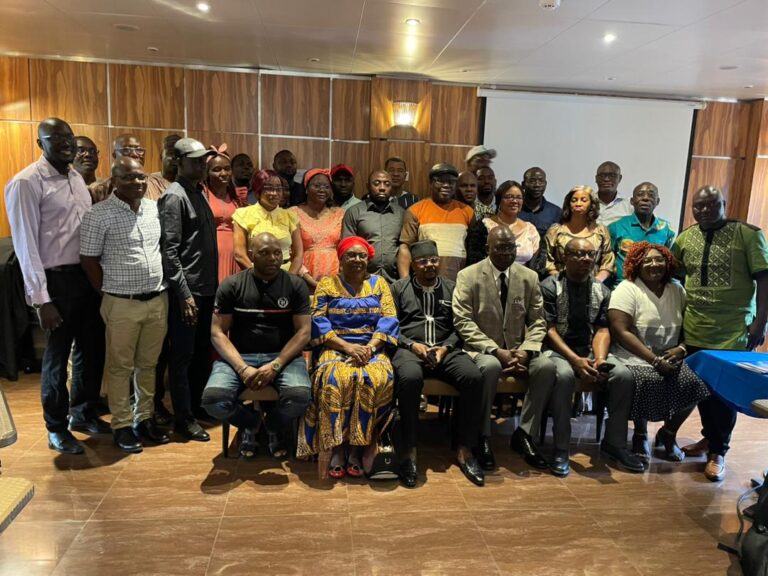
This is a great work WFP engineering unit is doing in rebuilding destroyed assets in conflict affected areas. Kudos to the team
Very happy to see this online